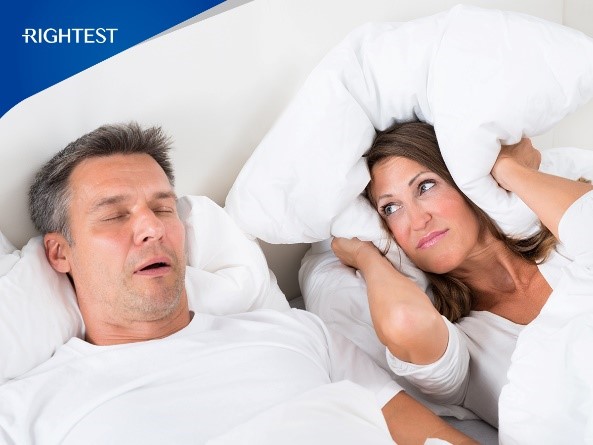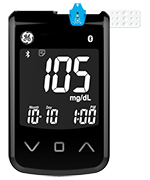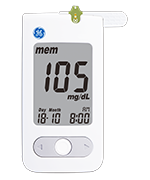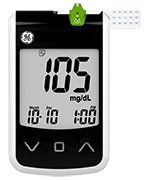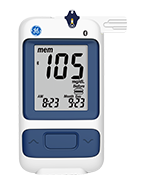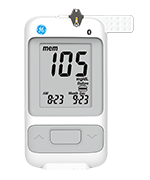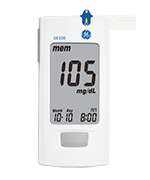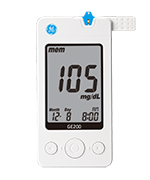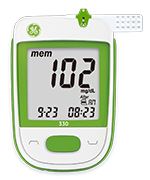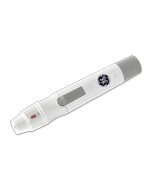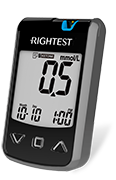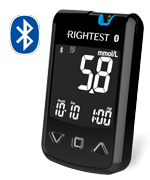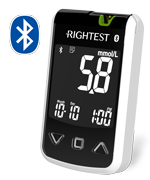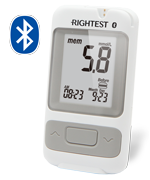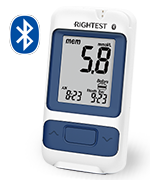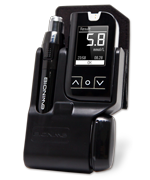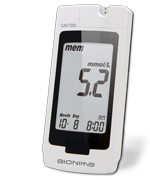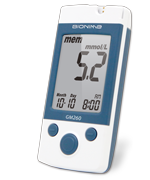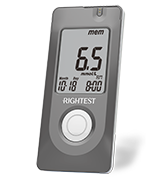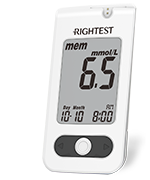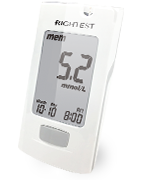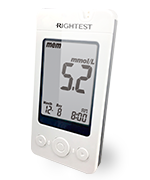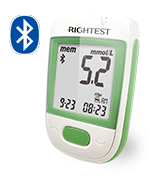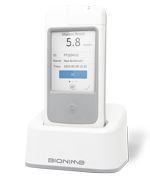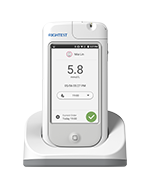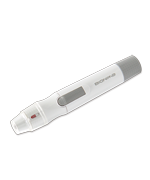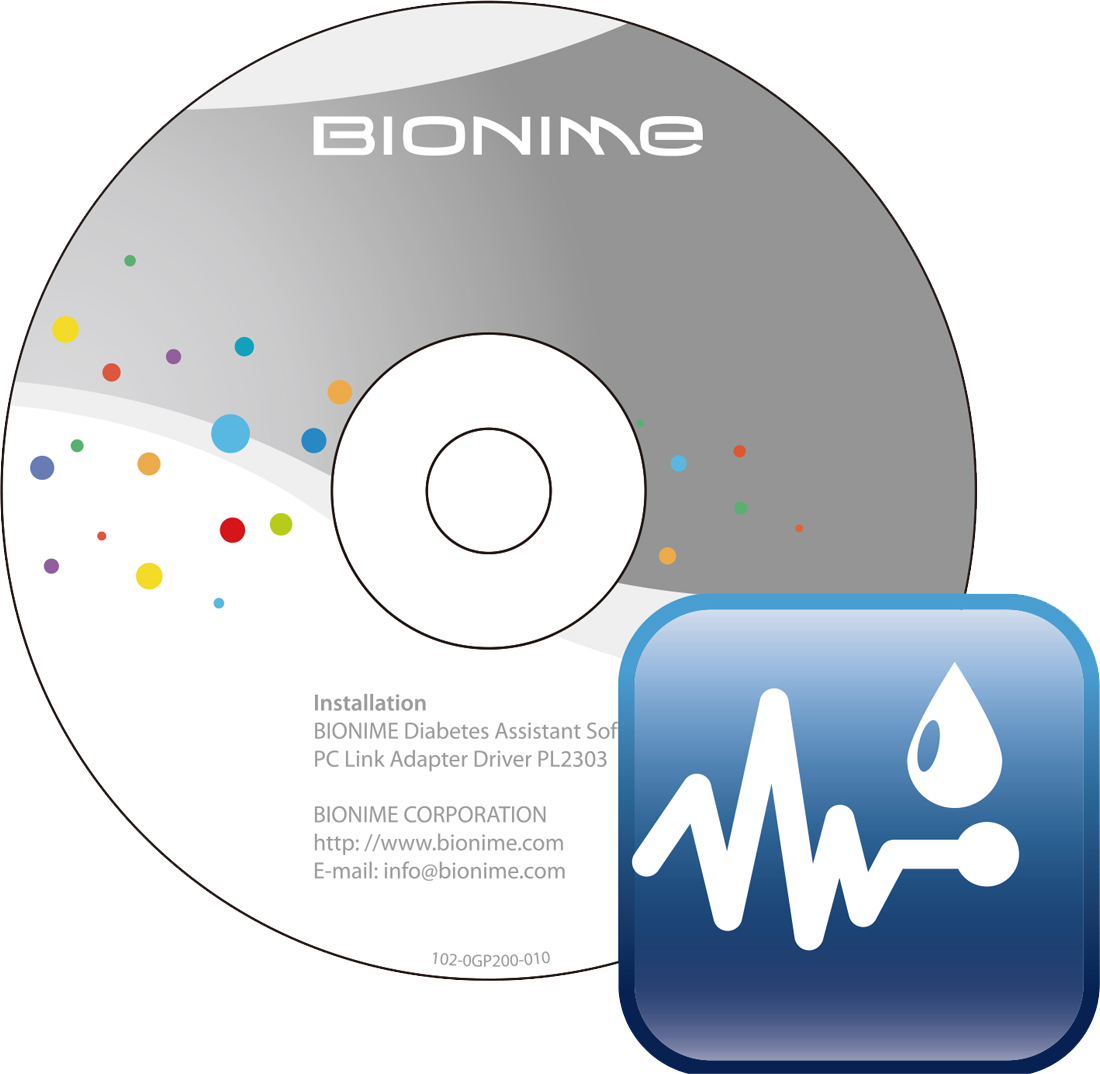Diabetes and Obstructive Sleep Apnea; OSA
Obstructive sleep apnea refers to the repeated collapse of the respiratory tract during sleep, which leads to airway obstruction and breathing difficulties. It is a respiratory tract disease and the most common form of sleep disorder. It is becoming more common and is known as the “silent epidemic, often found in overweight and obese people. Approximately 2/3 of the American population have this disease. Diabetes and obstructive sleep apnea often coexist and “obesity” are their common risk factor. Complicated metabolic disorders are found between the two and their coexistence increase the morbidity and mortality of cardiovascular diseases.
Studies show that 50% of patients with type 2 diabetes suffer from sleep disorders, and 1/3 of them have obstructive sleep apnea that require treatment. In contrast, 40% of patients with obstructive sleep apnea will progress to have type 2 diabetes. Generally, the incidence rate is 9% for middle-aged females and 24% for middle-aged males, but only 2% of the females and 4% of the males complain about sleepiness during the day, so this is a hard-to-detect disease.
What are the symptoms of obstructive sleep apnea?
Snoring during sleep, sleep apnea events noticed by others, sleepiness during the day, fatigue, lack of energy, short-tempered, poor memory, depression, emotional, daytime headache, sexual dysfunction, and nocturia.
How to treat?
1.Lose weight
2.Avoid alcohol or sedatives before sleep
3.Use of Continuous Positive Airway Pressure (CPAP) to maintain an unobstructed respiratory tract
4.Dental retainers can alleviate snoring and obstructive sleep apnea.
5.Oropharyngeal reconstruction or facial reconstruction.
If you have the aforementioned symptoms, choose a suitable treatment with your physician after examinations are done.
Patients with untreated obstructive sleep apnea above moderate severity suffer from accidents within 2 years. The risk of stroke, myocardial infarction, disabilities, and death are many times higher than the treatment group. Patients are advised to seek medical treatment.
References:
1.Clinical Diabetes 2002 Jul; 20(3): 126-132
2.Front Neuro, 2012
3.The IDF Consensus Statement on SLEEP APNOEA and TYPE 2 DIABETES; 2008
